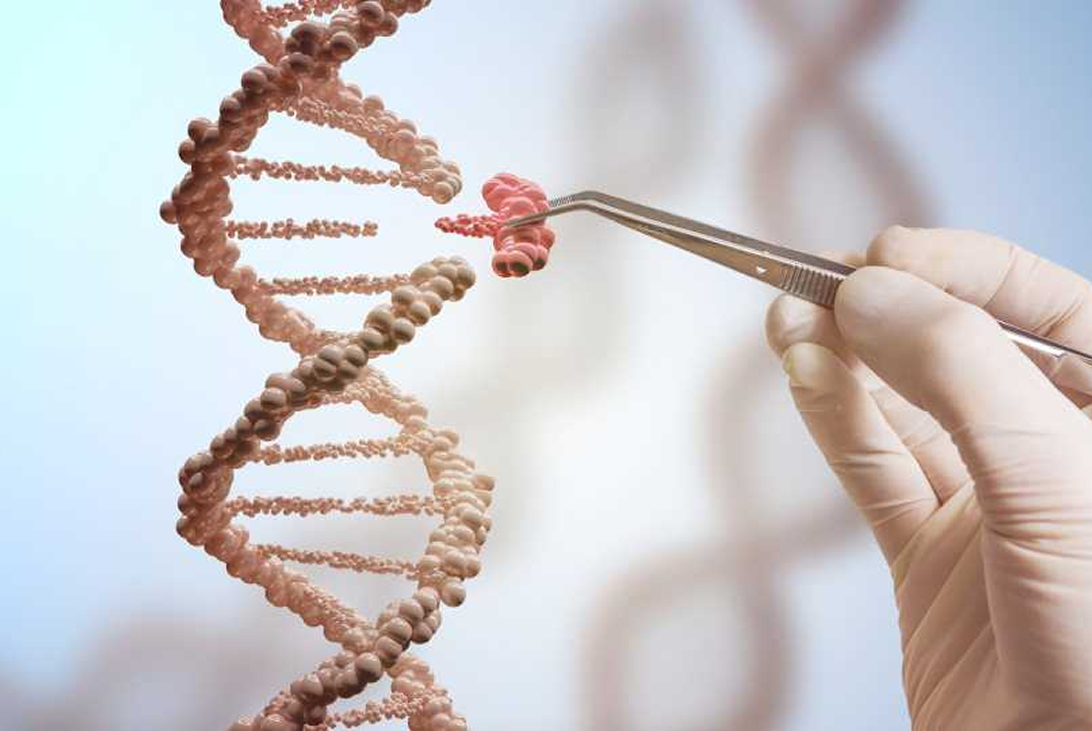Genome editing has moved from a bold concept to a clinical and industrial reality, and the United Kingdom has positioned itself at the centre of this shift. Universities, national laboratories, the NHS and a growing set of biotech companies are turning CRISPR from a research tool into therapies, diagnostics, and precision-breeding technologies—while building the regulatory and ethical frameworks to use them responsibly.
From discovery tool to therapy
CRISPR first transformed laboratory genetics: it allowed researchers to turn genes off, on, or subtly adjust them in human cells, organoids and animal models with unprecedented speed. In the UK, this power has accelerated studies of cancer drivers, cardiac risk variants and rare paediatric disorders. Large-scale functional screens—knocking out thousands of genes to see which ones control cell growth, immune evasion or drug resistance—now underpin target discovery pipelines across cancer centres and pharma collaborations.
The most visible frontier is medicine. Britain has helped pioneer clinical translation in blood disorders, eye disease and oncology. One watershed moment was the national authorisation of a CRISPR-based therapy for sickle cell disease and transfusion-dependent β-thalassaemia, signalling that gene editing had crossed from experiment to approved treatment. UK haematology units and NHS genomic services are now preparing pathways for real-world delivery: patient selection, manufacturing slots, conditioning regimens and long-term safety follow-up.
Beyond “cut and paste”: the new CRISPR toolbox
Classical CRISPR makes a double-strand break; newer editors avoid it. Base editors can swap a single letter (for example, C→T) without cutting both DNA strands, while prime editors can write small insertions or corrections guided by a programmable template. UK groups are stress-testing these tools in human stem cells and organoids taken from patients, asking practical questions: Which variant can be corrected cleanly? How often do by-products appear? What delivery vehicle works in clinically relevant tissues? Parallel work with CRISPRi/CRISPRa—systems that repress or activate genes without changing the sequence—supports programmes in neurodegeneration, metabolic disease and immunology where permanent edits may be unnecessary or risky.
The delivery challenge
Editing is only as good as the courier that brings the editor into cells. UK research spans adeno-associated viruses for long-lived tissues, lipid nanoparticles for the liver and blood, and engineered protein-RNA complexes for ex vivo editing of patient cells. Chemists and engineers are exploring tissue-targeting ligands and biodegradable capsids to reduce immune reactions and repeat-dosing constraints. A major thrust is manufacturing at scale under GMP conditions—an area where Britain’s cell-and-gene-therapy infrastructure and bioprocessing expertise provide a competitive edge.
Safety, standards and measurement
Because even rare off-target edits matter in medicine, UK laboratories are developing deep-sequencing and biophysical assays to map CRISPR activity across the genome. The aim is not merely to count off-targets, but to connect them to functional consequences: Do they change gene expression? Do they persist in long-lived stem cell compartments? Shared reference datasets, ring trials between labs, and guidance for regulators are helping to standardise how evidence is gathered for clinical dossiers. This measurement culture—methodical, quantitative, transparent—is one of the UK’s quiet strengths.
CRISPR in the NHS: from pilots to pathways
The NHS Genomic Medicine Service and national biobanks create an environment where editing can be integrated with routine care. A plausible near-term pattern is emerging:
-
diagnose via rapid whole-genome sequencing,
-
confirm an edit-amenable variant in a treatable tissue,
-
offer gene editing within a clinical protocol,
-
track outcomes through national registries.
Such end-to-end pathways, linking discovery to delivery, are essential for equitable access and post-marketing safety.
Agriculture, ecology and food security
Genome editing is not only about human health. UK plant scientists are using CRISPR to develop disease-resistant wheat and barley, reduce bruising and waste in produce, enhance nitrogen-use efficiency, and accelerate breeding cycles. Precision breeding can introduce changes indistinguishable from those that occur naturally, but in a targeted timeframe measured in months rather than years. Post-Brexit legislation has begun to create a clearer route for field trials and commercialisation of gene-edited crops, with safeguards for environmental monitoring and transparency. Similar logic applies in aquaculture and animal health, where edits might cut methane emissions, improve welfare or block viral transmission.

